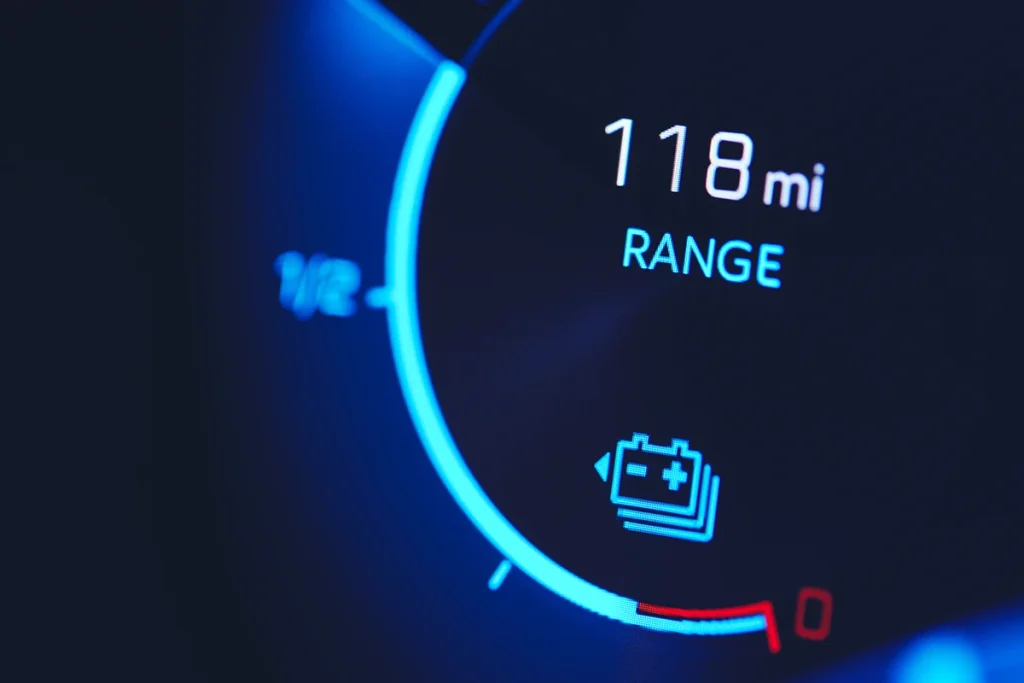In 2024, a significant change in the landscape of electric vehicles (EVs) has been introduced, particularly with the updated federal EV tax credit in the United States. This development has been particularly relevant for Tesla, a major player in the EV market. The company has adjusted its lineup to maximize the benefits of the new $7,500 federal EV tax credit. Here’s an in-depth look at this development and its implications.
Tesla’s Strategic Adjustments for the Federal EV Tax Credit
The U.S. federal EV tax credit underwent significant changes starting January 1, 2024. Under the Inflation Reduction Act, the tax credit has been transformed into what is essentially a point-of-sale rebate, which means the credit can be applied directly at the time of purchase, effectively reducing the vehicle’s price upfront. This change is a departure from the previous system, where buyers had to claim the credit on their tax return the following year.
Tesla responded to these changes by adjusting its vehicle lineup to ensure eligibility for the tax credit. As a result, the following Tesla models now qualify for the full $7,500 credit:
- Model 3 Performance
- Model Y Rear-Wheel Drive
- Model Y Long Range
- Model Y Performance
- Model X Dual Motor
However, some models like the Model 3 Rear-Wheel Drive and Long Range variants no longer meet the requirements for the tax credit.
Understanding the New Federal EV Tax Credit Rules
The revised federal EV tax credit rules include several key criteria:
- Battery and Component Requirements: To be eligible for the tax credit, at least 50% of the battery minerals must come from North America, and 60% of the battery components must be assembled in North America.
- Price Caps: The maximum sales price for sedans and wagons is $55,000, while SUVs and light trucks have a limit of $80,000.
- Income Limits: To be eligible for the new vehicle credit, individuals must have an adjusted gross income of $150,000 or less, $225,000 for heads of households, and $300,000 for married couples filing jointly.
The Impact on Tesla and the EV Market
Tesla’s strategic adjustments to align with the new federal EV tax credit rules reflect the company’s agility in responding to policy changes. By ensuring that several of its models remain eligible for the full tax credit, Tesla has created an opportunity for U.S. buyers to access these vehicles at a lower upfront cost. This move is likely to spur further interest in Tesla’s offerings and could have a significant impact on the EV market.
Notably, Tesla’s mid-range Cybertruck, set to be produced in Texas and utilizing locally assembled 4680 battery cells, also qualifies for the full $7,500 tax credit. However, it’s unclear if it will meet all the revised eligibility requirements that come into effect from January 2024.
Final Thoughts
Tesla’s response to the updated federal EV tax credit rules in 2024 is a clear indication of the company’s commitment to maintaining its competitive edge in the EV market. The company’s ability to quickly adapt its vehicle lineup to meet the new criteria ensures that it can continue to offer attractive pricing options to consumers. This development is likely to have a ripple effect across the EV industry, influencing other manufacturers to make similar adjustments.
The introduction of the point-of-sale rebate system is a significant step towards making EVs more accessible to a broader range of consumers, potentially accelerating the transition to sustainable transportation. As Tesla and other manufacturers navigate these changes, the EV landscape is poised for continued growth and innovation.


